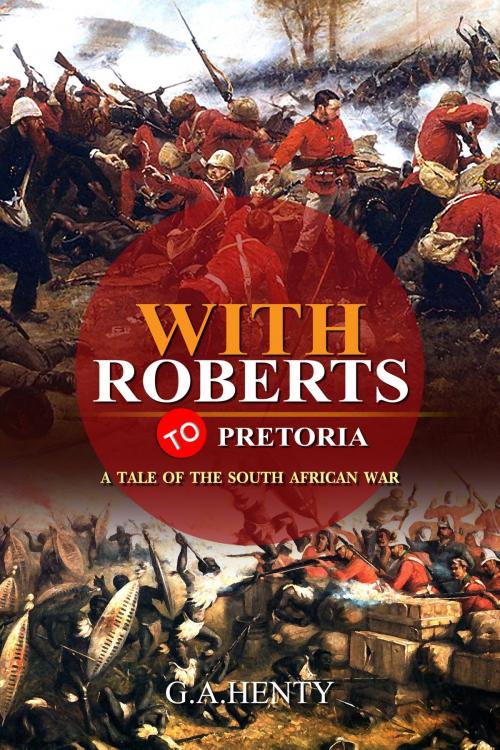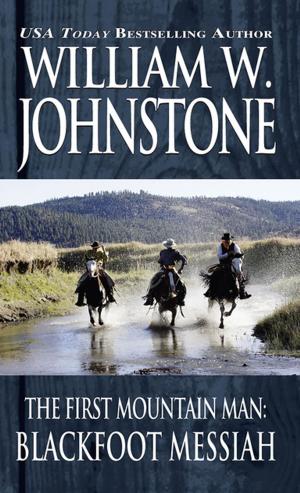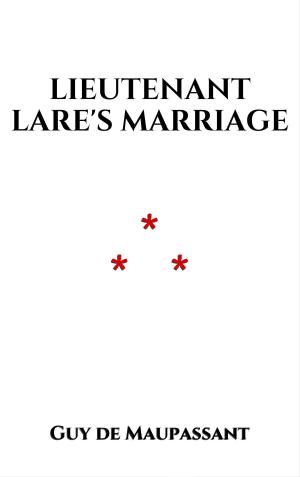With Roberts to Pretoria : A Tale of The South African War
Complete with original illustrations
Fiction & Literature, Military, Classics, Historical| Author: | G.A. Henty | ISBN: | 1230003356531 |
| Publisher: | Freeday Shop | Publication: | August 9, 2019 |
| Imprint: | Language: | English |
| Author: | G.A. Henty |
| ISBN: | 1230003356531 |
| Publisher: | Freeday Shop |
| Publication: | August 9, 2019 |
| Imprint: | |
| Language: | English |
The war in South Africa may be roughly divided into three parts. First, The desperate fighting in Natal, which culminated in the relief of Ladysmith. Second, The advance towards Kimberley begun by Lord Methuen but arrested at Magersfontein, and renewed with a vastly greater force by Lord Roberts and pushed forward to Pretoria, involving the relief of Kimberley and the capture of Cronje at Paardeberg, but unmarked by any resistance comparable with that experienced by Buller. Third, The advance to Komati Poort, the breaking down of all organized opposition, and the degeneration of the war into isolated efforts by guerilla bands capable of annoyance but powerless to affect the issue. The first of these chapters was told last year in With Buller in Natal.
The second phase of the struggle did not afford such examples of warfare on a large scale as might have been anticipated. The operations of Lord Methuen for the relief of Kimberley were brought to a stand-still by the inadequacy of the comparatively small force under his command for the task of breaking down the opposition of the Boer army, holding, like that before Ladysmith, a position of immense natural strength. With the advance, however, of the army under General Roberts, resistance on a large scale virtually collapsed.
It might have been supposed that the Boers would resist the advance upon their capital as sturdily as they had opposed the relief of Ladysmith, and that at least they would fight one great battle, supported by the forts with which they had surrounded Pretoria. It turned out otherwise. Although brave and tenacious when fighting under the cover of rocks, the Boers had not the heart to venture even once to face the British in the open, and were turned out of one after another of their carefully-prepared positions without making any determined stand. After Cronje's force had been captured at Paardeberg, and the force that had advanced to his assistance driven off the road to Bloemfontein, no serious opposition was offered to the advance to Pretoria.
The third phase was marked at first by many exciting incidents, but by no great battle. The Boers defended some of the positions taken up by them with bravery and determination, but when once the railway to Komati Poort had fallen into our hands the war degenerated into a guerilla struggle. It was a war of raids, sometimes by a comparatively strong force and at others by handfuls of plunderers; a war trying and fatiguing in the extreme, and demanding extraordinary endurance on the part of our troops, but of which the end was always in sight. The obstinacy of the Boers had only the effect of bringing ruin upon their own countrymen and women; it could by no possibility alter the final result.
I have now endeavoured to recount the leading incidents in the second phase of the war, and although events have moved so rapidly that the capture of Pretoria is already an old story, I may hope that it has not yet lost its interest with British boys, and that With Roberts to Pretoria will meet with as favourable a reception as that given last year to its companion volume.
The war in South Africa may be roughly divided into three parts. First, The desperate fighting in Natal, which culminated in the relief of Ladysmith. Second, The advance towards Kimberley begun by Lord Methuen but arrested at Magersfontein, and renewed with a vastly greater force by Lord Roberts and pushed forward to Pretoria, involving the relief of Kimberley and the capture of Cronje at Paardeberg, but unmarked by any resistance comparable with that experienced by Buller. Third, The advance to Komati Poort, the breaking down of all organized opposition, and the degeneration of the war into isolated efforts by guerilla bands capable of annoyance but powerless to affect the issue. The first of these chapters was told last year in With Buller in Natal.
The second phase of the struggle did not afford such examples of warfare on a large scale as might have been anticipated. The operations of Lord Methuen for the relief of Kimberley were brought to a stand-still by the inadequacy of the comparatively small force under his command for the task of breaking down the opposition of the Boer army, holding, like that before Ladysmith, a position of immense natural strength. With the advance, however, of the army under General Roberts, resistance on a large scale virtually collapsed.
It might have been supposed that the Boers would resist the advance upon their capital as sturdily as they had opposed the relief of Ladysmith, and that at least they would fight one great battle, supported by the forts with which they had surrounded Pretoria. It turned out otherwise. Although brave and tenacious when fighting under the cover of rocks, the Boers had not the heart to venture even once to face the British in the open, and were turned out of one after another of their carefully-prepared positions without making any determined stand. After Cronje's force had been captured at Paardeberg, and the force that had advanced to his assistance driven off the road to Bloemfontein, no serious opposition was offered to the advance to Pretoria.
The third phase was marked at first by many exciting incidents, but by no great battle. The Boers defended some of the positions taken up by them with bravery and determination, but when once the railway to Komati Poort had fallen into our hands the war degenerated into a guerilla struggle. It was a war of raids, sometimes by a comparatively strong force and at others by handfuls of plunderers; a war trying and fatiguing in the extreme, and demanding extraordinary endurance on the part of our troops, but of which the end was always in sight. The obstinacy of the Boers had only the effect of bringing ruin upon their own countrymen and women; it could by no possibility alter the final result.
I have now endeavoured to recount the leading incidents in the second phase of the war, and although events have moved so rapidly that the capture of Pretoria is already an old story, I may hope that it has not yet lost its interest with British boys, and that With Roberts to Pretoria will meet with as favourable a reception as that given last year to its companion volume.















